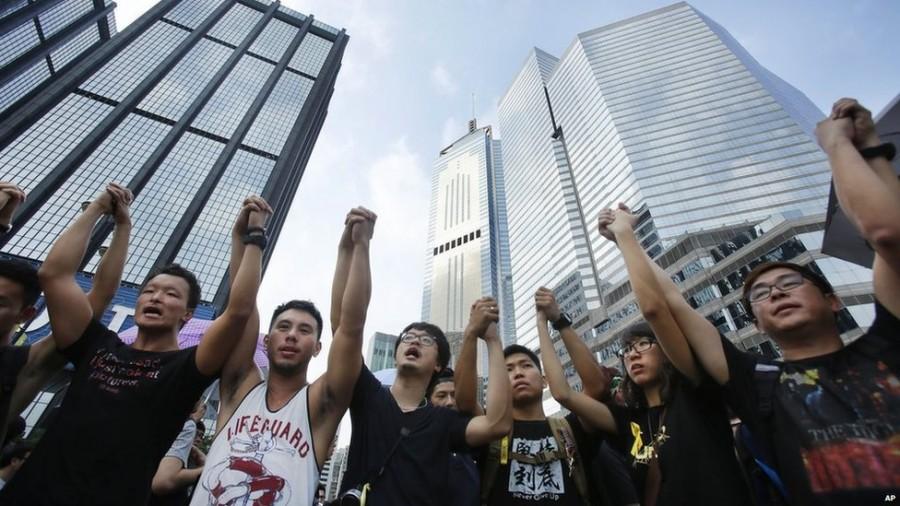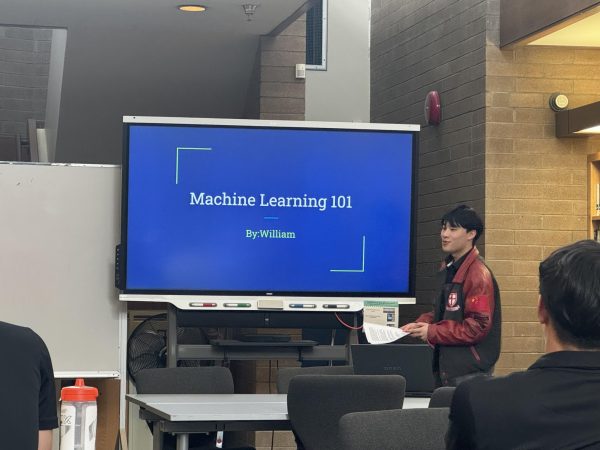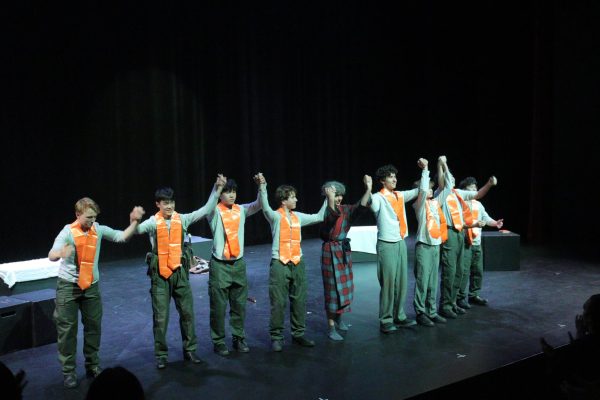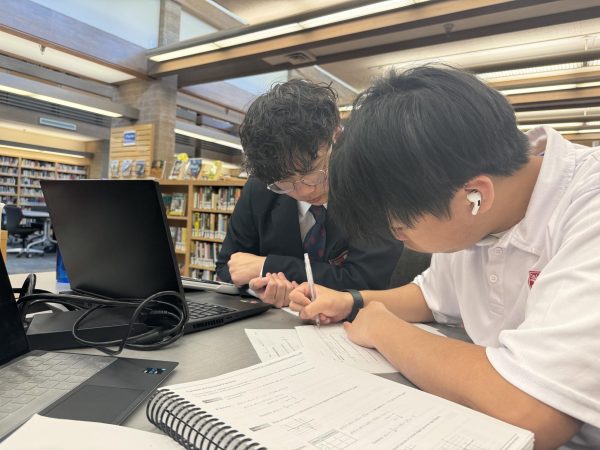Hong Kong Protests 2014
People come together to protest in Central, Hong Kong.
As 2017 Elections for the Chief Executive of Hong Kong come closer, protests are in progress. When the handover of Hong Kong from Britain back to China happened in 1997, Hong Kong was promised to have full democracy by 2017, where they can vote in whoever they want as the Chief Executive. At the moment, Hong Kong is in a semi-democracy situation where the Chief Executive is voted in by the people, but that person is chosen from a pool of candidates that the Chinese officials have pre-selected. These candidates consist of business tycoons, and officials who all have China’s best interest in mind.
On September 28th, 2014, the people of Hong Kong started peaceful “civil disobedience” protests, known as “Occupy Central” (Central is the downtown part of Hong Kong). The goal of these protests were to try and get the attention of China and to discuss the situation. After 2 weeks of protesting, the two sides were able to come to an agreement to meet and discuss the subject. Once this was known throughout Hong Kong, there was a decline in people coming out and protesting, so the Chinese government canceled the meeting, hoping the people of Hong Kong had given up.
When people found out about this, there was a surge, and everyone returned to Central to start protesting again. On October 16, C.Y. Leung, the current Chief Executive of Hong Kong, made a speech to the media about the situation at hand. Due to the resurgence in protesters Leung said that the talks with the Chinese government had been put back on the table. However, Leung made it clear in his press conference that the 2017 elections would stay the same as they were previously. Eventually, talks were rescheduled for October 21. Chief Executive C.Y. Leung did not attend and allowed Chief Secretary Carrie Lam to lead the government talks.
The protests have created a massive impact on Hong Kong’s economy. It is estimated that these protests have caused Hong Kong to lose approximately $105 million dollars per day. Businesses are inconvenienced and many people want the “occupation” to end. Violent incidents against the protesters have also been reported.
Now we shall have to see what happens as this moves forward. Will the people of Hong Kong continue to protest, and not accept what Leung has stated about the 2017 elections? Or will the number of protesters start to fade as they lose hope that the protests are making an impact? Time will tell. But one thing is certain: many students in Hong Kong care about their future and want their voice to be heard.
About the Contributor

Dylan Enright, Sports Writer
Dylan Enright is currently a Grade 11 boarding student at St. Georges School in Vancouver, B.C. He was born and raised in Hong Kong until he was 14 years...











